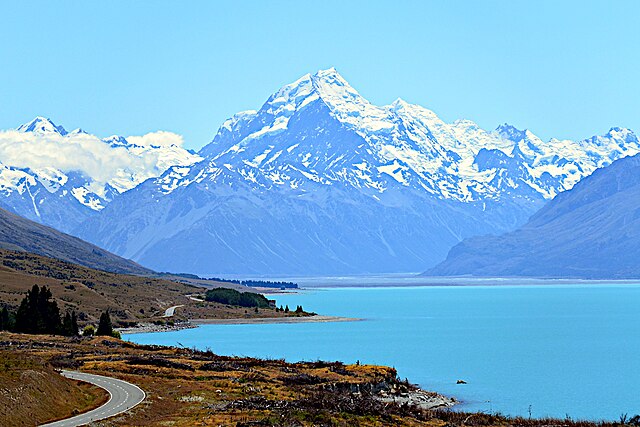The Musket Wars were a series of as many as 3,000 battles and raids fought throughout New Zealand among Māori between 1806 and 1845, after Māori first obtained muskets and then engaged in an intertribal arms race in order to gain territory or seek revenge for past defeats. The battles resulted in the deaths of between 20,000 and 40,000 people and the enslavement of tens of thousands of Māori and significantly altered the rohe, or tribal territorial boundaries, before the signing of the Treaty of Waitangi in 1840. The Musket Wars reached their peak in the 1830s, with smaller conflicts between iwi continuing until the mid 1840s; some historians argue the New Zealand Wars were a continuation of the Musket Wars. The increased use of muskets in intertribal warfare led to changes in the design of pā fortifications, which later benefited Māori when engaged in battles with colonial forces during the New Zealand Wars.
Image: Maori Wardance Kahuroa
Image: Heke Kawiti 1846
Image: Hong hika war canoe
Image: Moriori people
New Zealand is an island country in the southwestern Pacific Ocean. It consists of two main landmasses—the North Island and the South Island —and over 700 smaller islands. It is the sixth-largest island country by area and lies east of Australia across the Tasman Sea and south of the islands of New Caledonia, Fiji, and Tonga. The country's varied topography and sharp mountain peaks, including the Southern Alps, owe much to tectonic uplift and volcanic eruptions. New Zealand's capital city is Wellington, and its most populous city is Auckland.
The Waitangi sheet from the Treaty of Waitangi
A meeting of European and Māori residents of Hawke's Bay Province. Engraving, 1863.
The snow-capped Southern Alps dominate the South Island, while the North Island's Northland Peninsula stretches towards the subtropics.
Aoraki / Mount Cook is the highest point in New Zealand, at 3,724 metres.








